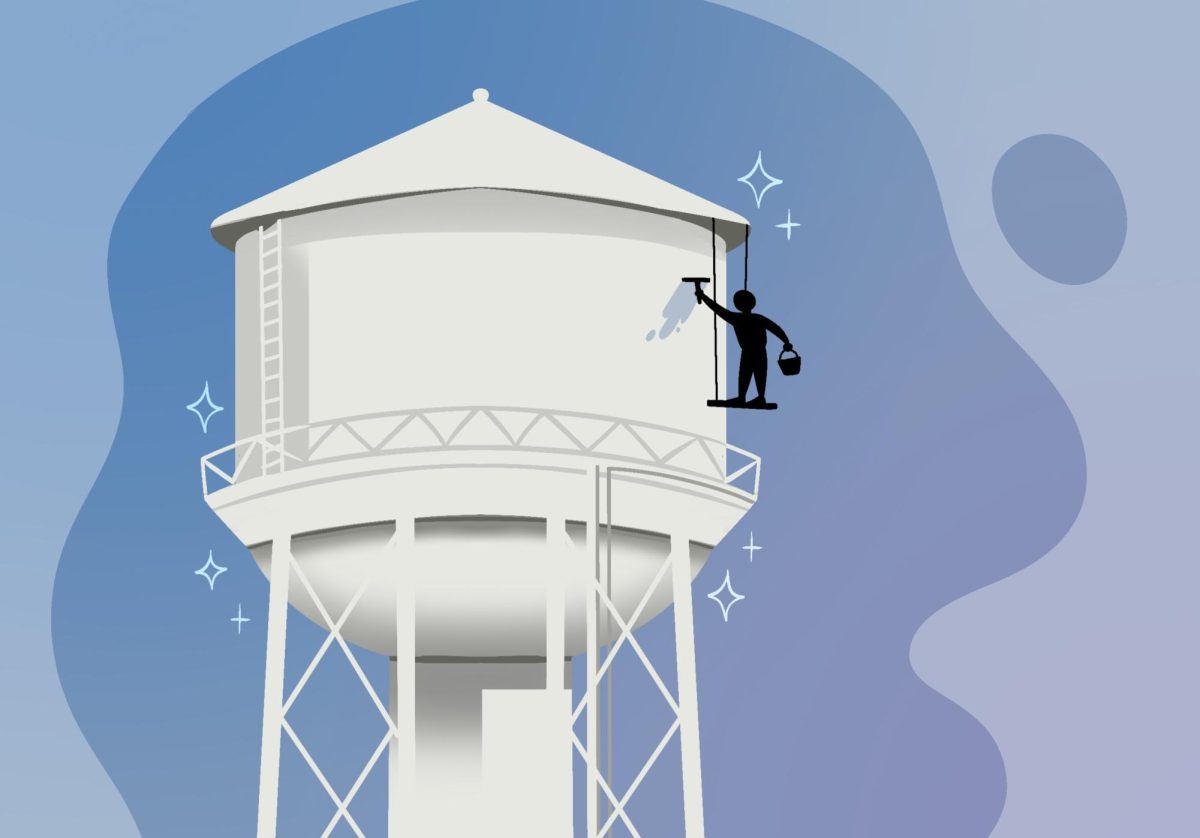The Metropolitan Council received the WaterSense Excellence Award from the U.S. Environmental Protection Agency (EPA) for saving approximately 30 million gallons of water in 2023.
The award was for the Met Council’s work in water conservation efforts and in promoting the “WaterSense” label on products such as toilets, irrigation controllers and spray sprinklers, said Henry McCarthy, an environmental scientist for the Met Council. The WaterSense label indicates that a product helps conserve water usage.
While the name of the specific award has changed over the years, this is the third time the Met Council has been recognized by the EPA for their work promoting the WaterSense label and water conservation, McCarthy said.
“WaterSense has recognized us for our efforts in getting the broader consumer public connected with these labels, and keeping an eye out for them when they’re making purchases,” McCarthy said.
Additionally, the Met Council works with the University of Minnesota’s Turfgrass Science Program to promote lawn grass mixes that save water and educational activities on lawn care and turf mixes that help to conserve water usage, the Met Council Principal Engineer of Water Resources Greg Johnson said.
Johnson said Gary Deters, an educator for the Turfgrass Science Program, helped develop low-input turf mixes, which are lawn grasses that require less water to grow. The program puts together about 25 activities per year to educate people on these mixes.
“The advantage is they use about half as much water or less than half as much water as your standard Kentucky Bluegrass,” Johnson said. “When you look at the water usage across the metro, in the summertime, communities use about one and a half to three times as much water in the summertime as they do in the wintertime, and the vast majority of that water is being used to water Kentucky Bluegrass.”
The Turfgrass Science Program also works to improve turf mixes to withstand future water demand in the Twin Cities metro, Johnson said.
Water conservation is important as the water demand will grow over the coming years, Johnson said. By 2050, it is projected that the Twin Cities area will go from using around 400 million gallons of water per day to around 600 million gallons.
“We also have parts of the metro region where the aquifer levels have been declining significantly,” Johnson said. “We have to find ways to conserve water and to become more sustainable in the future just to allow all this growth to occur.”
The WaterSense program is just one way to promote conservation work, McCarthy said.
“A big part of it is just sort of introducing these small behavior changes,” McCarthy said. “Whether it’s going to the store and specifically looking for that WaterSense label when you’re making a purchase, to just being a little bit more aware of if you are leaving the tap on when you’re washing your hands or shaving.”
Other ways the Met Council is promoting water conservation is through the Minnesota Technical Assistance Program, which targets water conservation in industry and manufacturing, Johnson said. The Met Council has also funded internships for engineering students to come up with ways to save water in the industrial field.
John Schadl, a spokesperson for the Met Council, said water is a vital resource that the Twin Cities needs to protect as demand for water grows nationally.
“We’ve been really lucky here, but as growth starts to put pressure on these resources, you’re gonna see this become a bigger and more contentious issue in the future,” Schadl said. “So that’s why it’s so critical to have these conservation things in place and be planning for that right now.”








